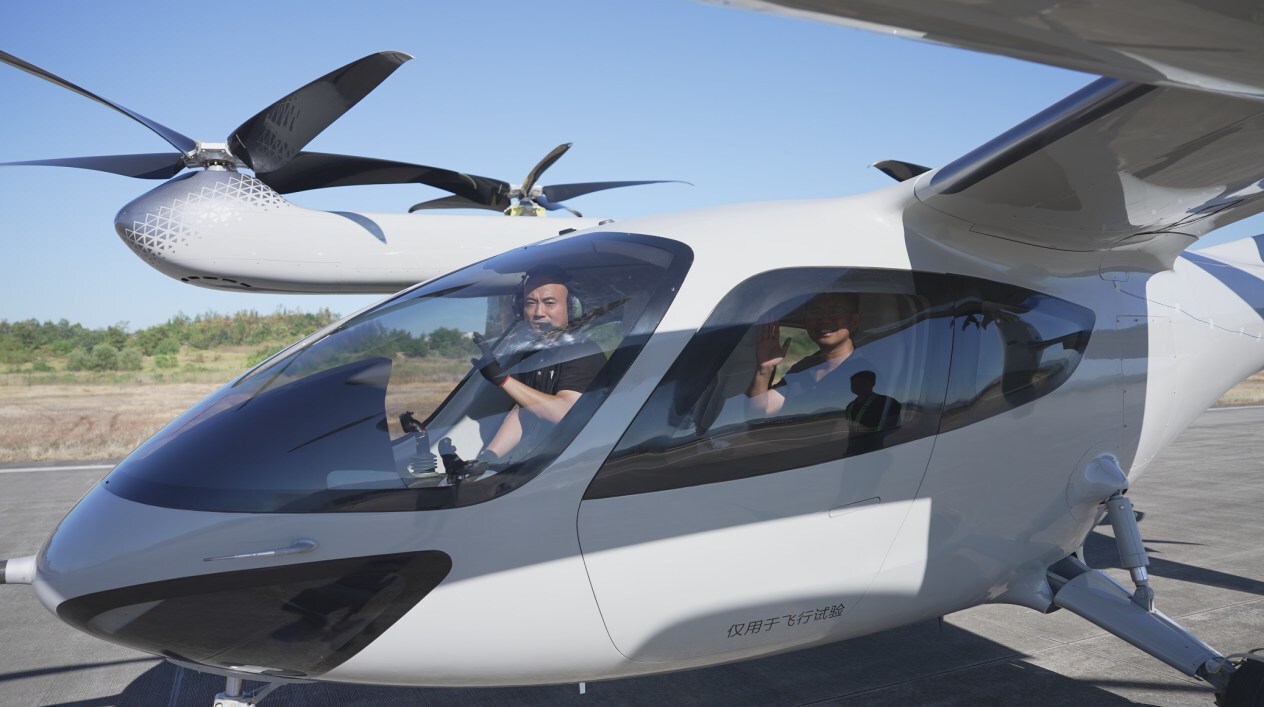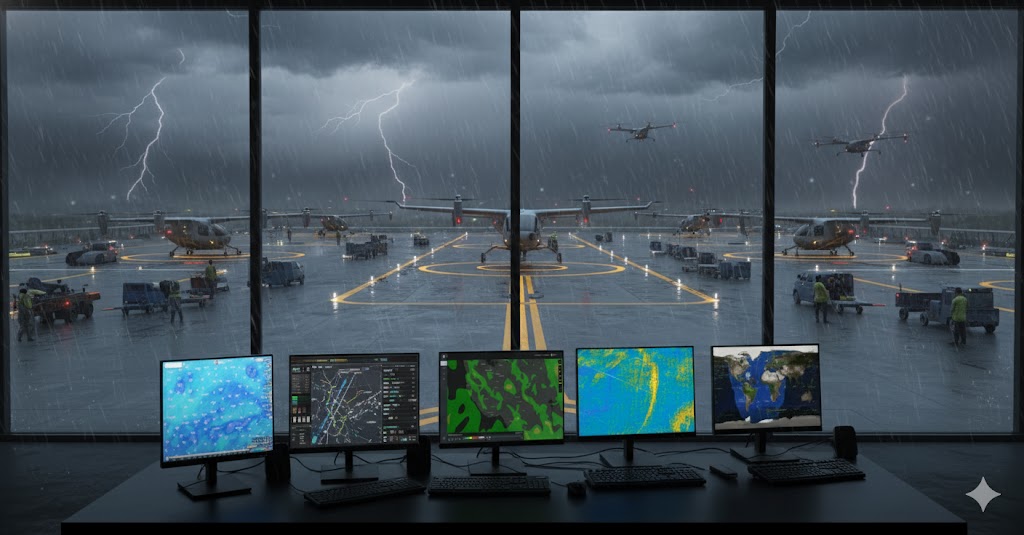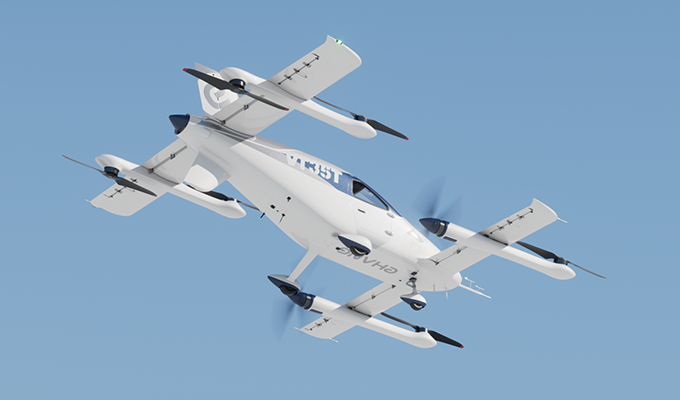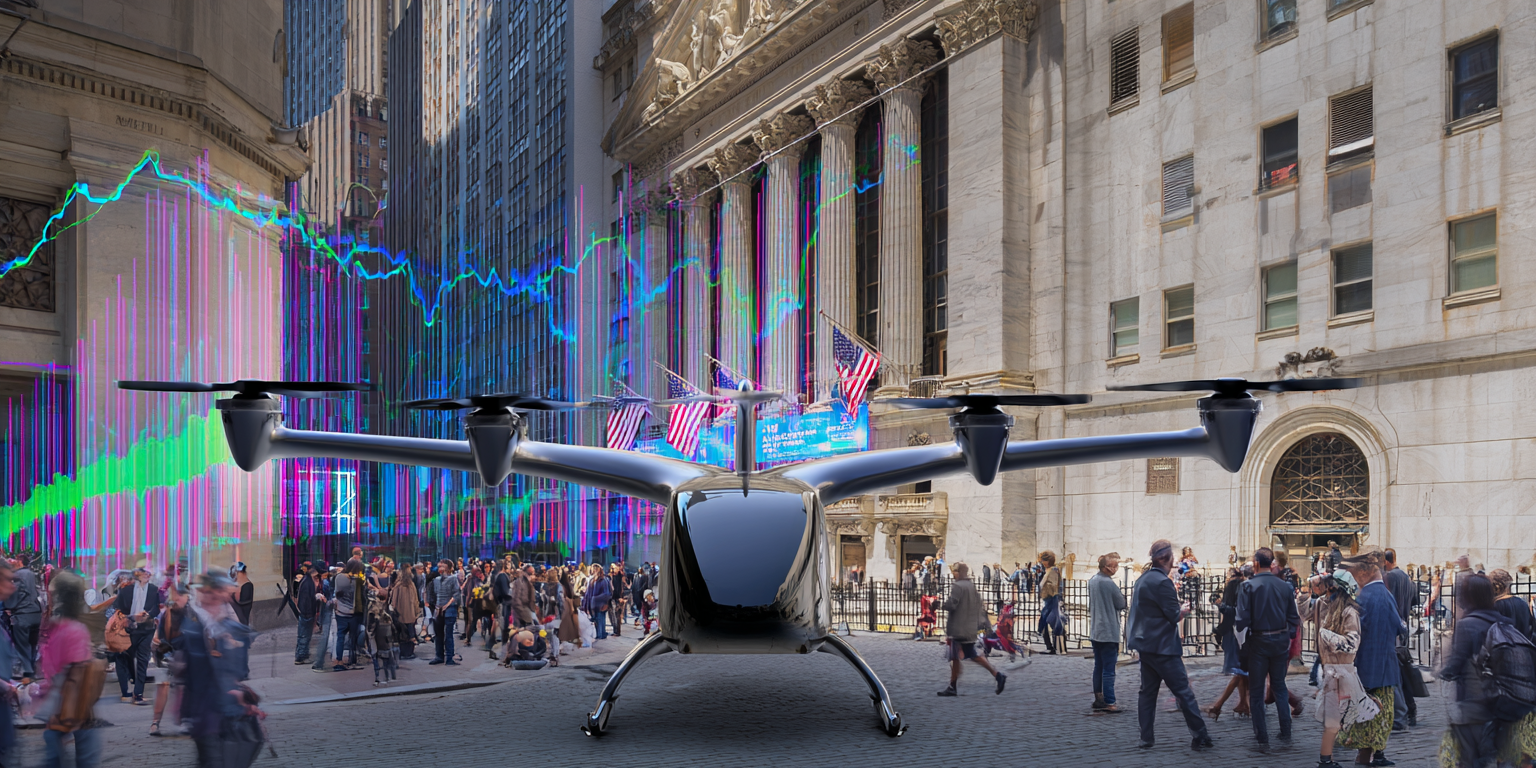When TCab Tech founder Yon Wui NG landed after piloting the E20 eVTOL’s maiden manned flight on October 21, 2025, his first impression struck at the heart of urban air mobility’s biggest challenge. “The noise was much lower than a helicopter,” he said after the test. That assessment matters. Making electric vertical takeoff and landing aircraft acceptable to city dwellers across China’s rapidly expanding Low-Altitude Economy depends on solving the noise problem, and NG’s experience suggests TCab Tech has made progress. He described the flight as safe, comfortable, quiet, and stable.
E20 Technical Specifications
| Specification | Value | Significance |
| Configuration | Tilt-rotor | Combines vertical lift with high-speed horizontal flight |
| Capacity | 1 pilot + 4 passengers | Optimized for air taxi and urban air mobility operations |
| Cruise Speed | 260 km/h (162 mph) | Enables rapid intercity travel |
| Maximum Speed | 320 km/h (199 mph) | Exceeds most multi-rotor competitors |
| Range | 200 km (125 miles) | Sufficient for most intercity routes in China's low-altitude network |
| Cruise Altitude | 300-600 meters | Operates within Low-Altitude Economy airspace |
| Maximum Payload | 450 kg (992 lb) | Accommodates passengers and luggage |
| Propulsion | 6 electric motors + rotors | Four tilt propellers and two fixed lift rotors |
| Flight Control | 4 flight control computers | Redundancy eliminates single points of failure |
| Battery System | 4 battery packs with Cell-to-Wing integration | Enhances structural efficiency and reduces weight |
| Charging | 800V ultra-fast charging (30 minutes) | Enables high-frequency operations |
| Construction | Carbon fiber composite fuselage | Maximizes strength-to-weight ratio |
| Landing Gear | Tricycle fixed wheeled | Allows glide landing in emergency scenarios |
This five-seat aircraft blends helicopter-style vertical takeoff with the efficiency of fixed-wing flight. The design choices reflect TCab Tech’s focus on the air taxi mission profile and urban air mobility operations. Six motors drive the rotors, while four flight control computers manage the systems. The redundancy counts. Lose one motor or computer, and the aircraft keeps flying. The distributed electric propulsion architecture ensures that even if one or more motors fail, the aircraft can still land safely.
Beijing Backs the Low-Altitude Economy
The E20 test flight lands squarely within China’s aggressive push to build a Low-Altitude Economy. The government defines this sector as all commercial activity below 3,000 meters. Air taxis grab headlines, but the LAE spans cargo delivery, agricultural spraying, emergency response, tourism flights, and general aviation.
Beijing backs this initiative with policy support, funding, and infrastructure investment. The Civil Aviation Administration of China projects the LAE will reach 1.5 trillion yuan in 2025 and advance to 3.5 trillion yuan (approximately $483 billion USD) by 2035. Local governments are building vertiports and mapping low-altitude flight corridors across the country. TCab Tech broke ground on an E20 production facility in Wuhu on August 8, 2025. The facility spans approximately 11.5 acres and features two complete final assembly lines with an annual production capacity of 200 aircraft.
China’s established supply chains give manufacturers like TCab Tech the ability to scale rapidly. The Wuhu facility integrates digital manufacturing and testing equipment, positioning it to become China’s first dedicated eVTOL intelligent manufacturing hub. TCab Tech has already formed partnerships with global suppliers, including Safran, which provides ENGINeUS 100 electric motors for the E20. Safran aims to achieve EASA certification for its electric motors, which deliver more than 100 kW of power with fully integrated motor controllers.
Each successful test by a Chinese manufacturer accelerates the entire ecosystem. Regulators gain confidence in the technology. Investors see hardware, not just concept drawings. Battery makers, flight control suppliers, vertiport operators, and training schools all benefit from proven designs moving toward certification.
EHang, AutoFlight, and XPeng: TCab Tech’s Domestic Competition
Shanghai TCab Technology Co., Ltd. (TCab Tech) faces intense competition at home. Several Chinese companies are racing to secure commercial Type Certificates from the Civil Aviation Administration of China and grab early market share in the burgeoning air taxi sector.
EHang reached the certification finish line first. The CAAC granted the EH216-S a Type Certificate in 2023, making it the world’s first certified passenger-carrying eVTOL. EHang’s aircraft uses a multi-rotor configuration and targets autonomous operations for tourism and sightseeing routes.
AutoFlight developed the Prosperity, a lift-and-cruise design that prioritizes range and speed. The company completed extensive flight testing and targets both passenger and cargo markets. Multiple eVTOL configurations compete for dominance. Multi-rotor designs like EHang’s EH216-S use multiple fixed propellers for both lift and propulsion, optimizing them for short urban flights. Tilt-rotor designs like TCab Tech’s E20 rotate propellers from vertical to horizontal position, combining helicopter-style takeoff with airplane-style cruise efficiency for longer routes. Lift-and-cruise designs like AutoFlight’s Prosperity use separate systems for vertical lift and forward flight.
XPeng AeroHT brings automotive muscle to the race. The electric vehicle giant’s aviation subsidiary develops the two-seat X2 and the modular Voyager flying car concept. XPeng’s deep capital reserves and manufacturing expertise give the company staying power in what will likely become a protracted race for certification and commercialization.
How the E20’s Tilt-Rotor Design Differentiates TCab Tech
EHang’s certification win gave the company first-mover advantage, but TCab Tech offers a different product for a different mission. The E20’s tilt-rotor configuration and 260 km/h cruise speed suit longer intercity routes better than multi-rotor designs optimized for short urban hops. The aircraft carries a pilot, which may smooth the certification path compared to fully autonomous systems still wrestling with regulatory approval processes at CAAC and other aviation authorities worldwide.
The four flight control computers and six-motor distributed electric propulsion setup demonstrate TCab Tech’s engineering priorities. Redundancy costs weight and complexity, but it builds confidence with regulators and paying passengers. Backup systems prove essential for passenger operations, particularly in the early commercialization phase when public acceptance remains uncertain. The E20 includes an additional safety feature that sets it apart: its fixed-wing design allows it to glide and land like a conventional airplane in the event of total propeller failure.
The manned flight test moves TCab Tech from the prototype phase into the certification gauntlet. China’s eVTOL market has matured rapidly over the past three years, shifting from technology demonstrations to hardware validation. Companies like TCab Tech, one of several Chinese eVTOL manufacturers including EHang, AutoFlight, and XPeng AeroHT, are pushing past concept demonstrations into certification testing, production planning, and route development.
What Comes Next for TCab Tech
TCab Tech will continue flight testing through the CAAC certification process, targeting Type Certificate approval by late 2026. The company’s Wuhu manufacturing facility, which broke ground in August 2025, supports both the company’s production certificate application and market expansion plans. The facility serves three functions: manufacturing the E20 eVTOL, fostering collaboration within the local industrial ecosystem, and connecting innovation, talent, capital, and infrastructure.
Founder and CEO Yon Wui NG described the facility as more than a factory. “It’s a platform that embodies our strategic commitment to advancing high-end, intelligent, and green technologies,” he said at the groundbreaking. With production capabilities in place and successful manned flight testing complete, TCab Tech positions itself to capture a share in China’s fast-moving advanced air mobility market as the Low-Altitude Economy scales toward its 2035 targets. The company secured $34.73 million in Series B-II funding in March 2025, raising total capital to approximately $100 million. In April 2025, BOC Leasing, a subsidiary of Bank of China, placed an order for 100 E20 aircraft, marking the most significant single eVTOL procurement by a financial institution in China.




